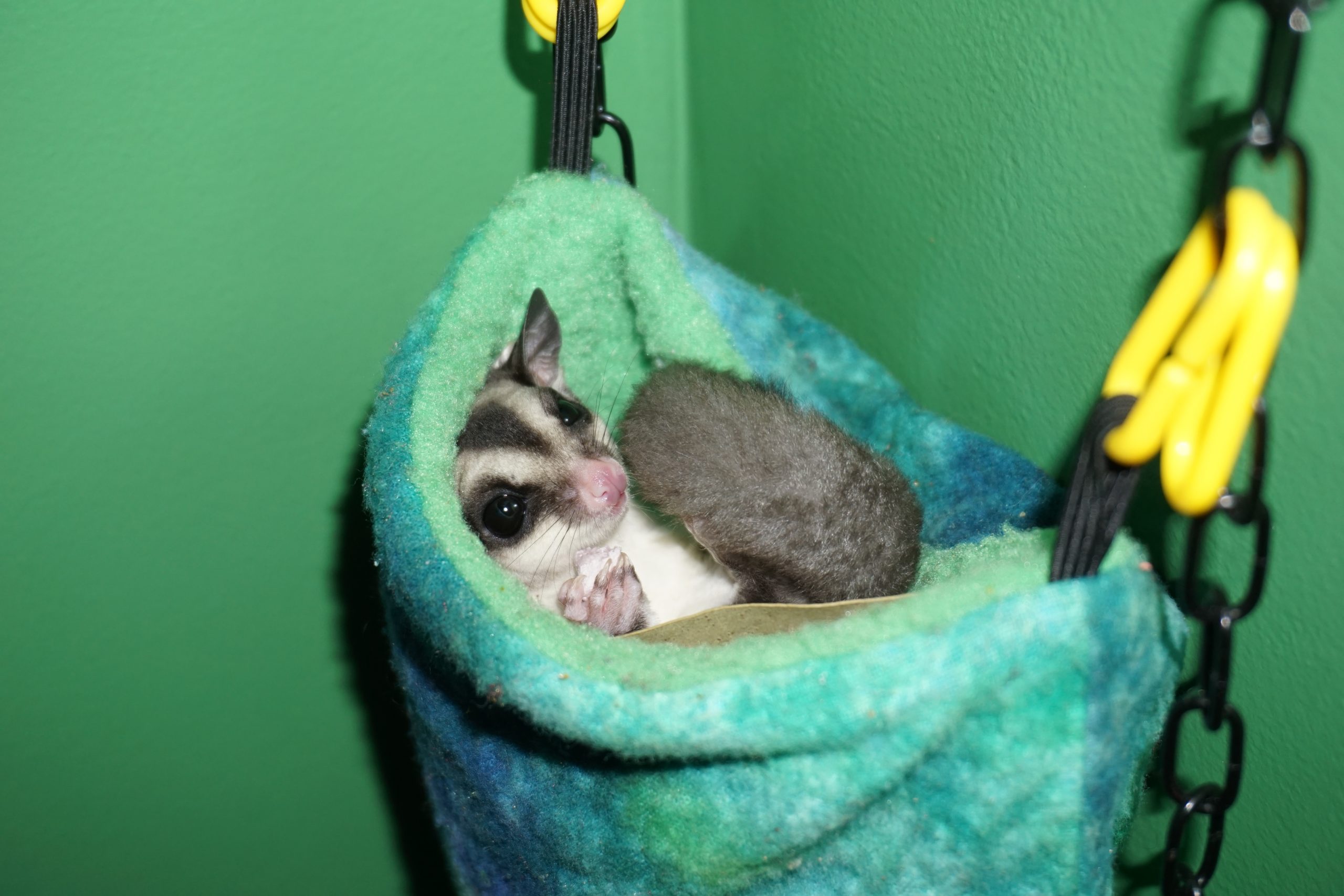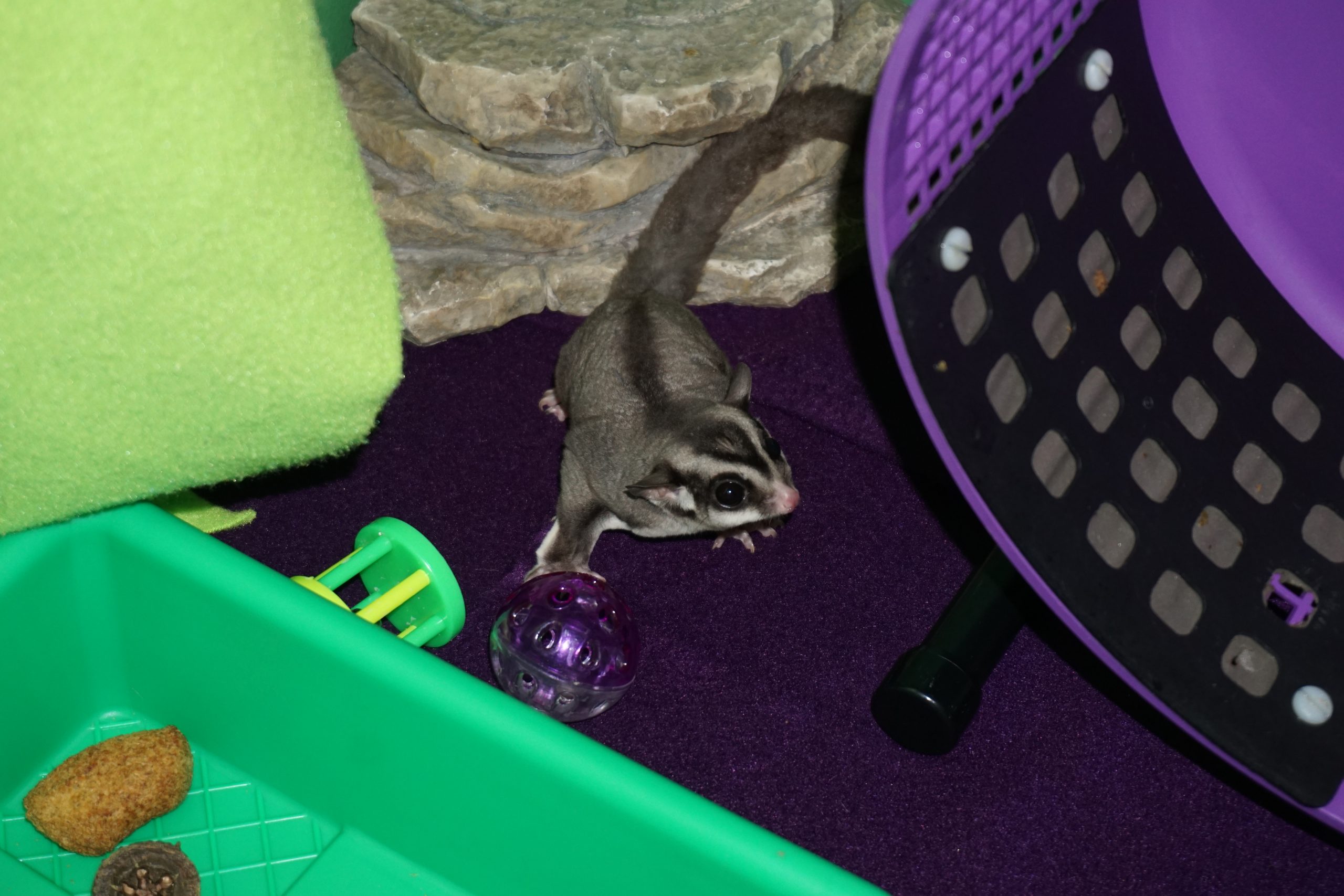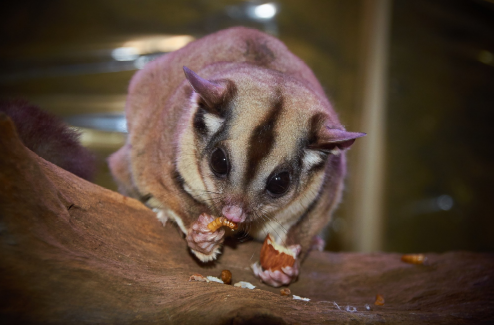

Their distribution extends to altitudes of 2000 m in the eastern ranges. Sugar gliders are distributed in the coastal forests of southeastern Queensland and most of New South Wales. notatus, is found in northern Queensland, inland and southern New South Wales, Victoria and South Australia. breviceps sensu stricto, is found in coastal New South Wales and southern Queensland and the other, now known to be P. notatus may have arisen due to long term geographical isolation following drying of the Australian continent after the Pliocene and the uplift of the Great Dividing Range, by a process known as allopatric speciation. breviceps is a range-restricted species that is sensitive to damaging events such as the 2019-20 Australian bushfires, which significantly affected large portions of its habitat. This indicates that contrary to previous findings of a large range (which in fact applied to P. In addition, other sugar glider populations throughout this range (such as those on New Guinea and the Cape York Peninsula) may represent undescribed species or be conspecific with previously-described species. breviceps, restricted to a small section of coastal forest in southern Queensland and most of New South Wales. breviceps actually comprised three cryptic species: the Krefft's glider ( Petaurus notatus), found throughout most of eastern Australia and introduced to Tasmania, the savanna glider ( Petaurus ariel) native to northern Australia, and the true P.

biacensis, from Biak Island off New Guinea, was reclassified as a separate species, Biak glider ( Petaurus biacensis). breviceps, sufficient enough to split into multiple species. įurther studies found significant variation within populations classified in P.

However, genetic analysis using mitochondrial DNA indicated that the morphological subspecies may not represent genetically unique populations. These seven subspecies were designated by small morphological differences such as colour and body size. It was formerly thought to have had a wide range across Australia and New Guinea, the only glider to have this distribution, and to be divided into seven subspecies three occurring in Australia, four in New Guinea, although debate regarding current species delineation continues. The taxonomy of the species has changed over time. The earliest Petaurus species occurred in Australia 4.46 million years ago. The genus Petaurus is believed to have originated during the early to mid Miocene period (18 to 24 million years ago), then dispersed from New Guinea to Australia where Australian Petaurus species diverged. Members of Petaurus are popular exotic pets and are frequently also referred to as "sugar gliders", but these are now thought to likely represent another species from West Papua, tentatively classified in Krefft's glider ( P. The sugar glider is native to a small portion of southeastern Australia, in the regions of southern Queensland and most of New South Wales east of the Great Dividing Range. The animal is covered in soft, pale grey to light brown fur which is countershaded, being lighter in colour on its underside. Gliding serves as an efficient means of reaching food and evading predators. The sugar glider is characterised by its pair of gliding membranes, known as patagia, which extend from its forelegs to its hindlegs. The scientific name, Petaurus breviceps, translates from Latin as "short-headed rope-dancer", a reference to their canopy acrobatics. They have very similar habits and appearance to the flying squirrel, despite not being closely related-an example of convergent evolution.

The common name refers to its predilection for sugary foods such as sap and nectar and its ability to glide through the air, much like a flying squirrel. The sugar glider ( Petaurus breviceps) is a small, omnivorous, arboreal, and nocturnal gliding possum belonging to the marsupial infraclass.


 0 kommentar(er)
0 kommentar(er)
